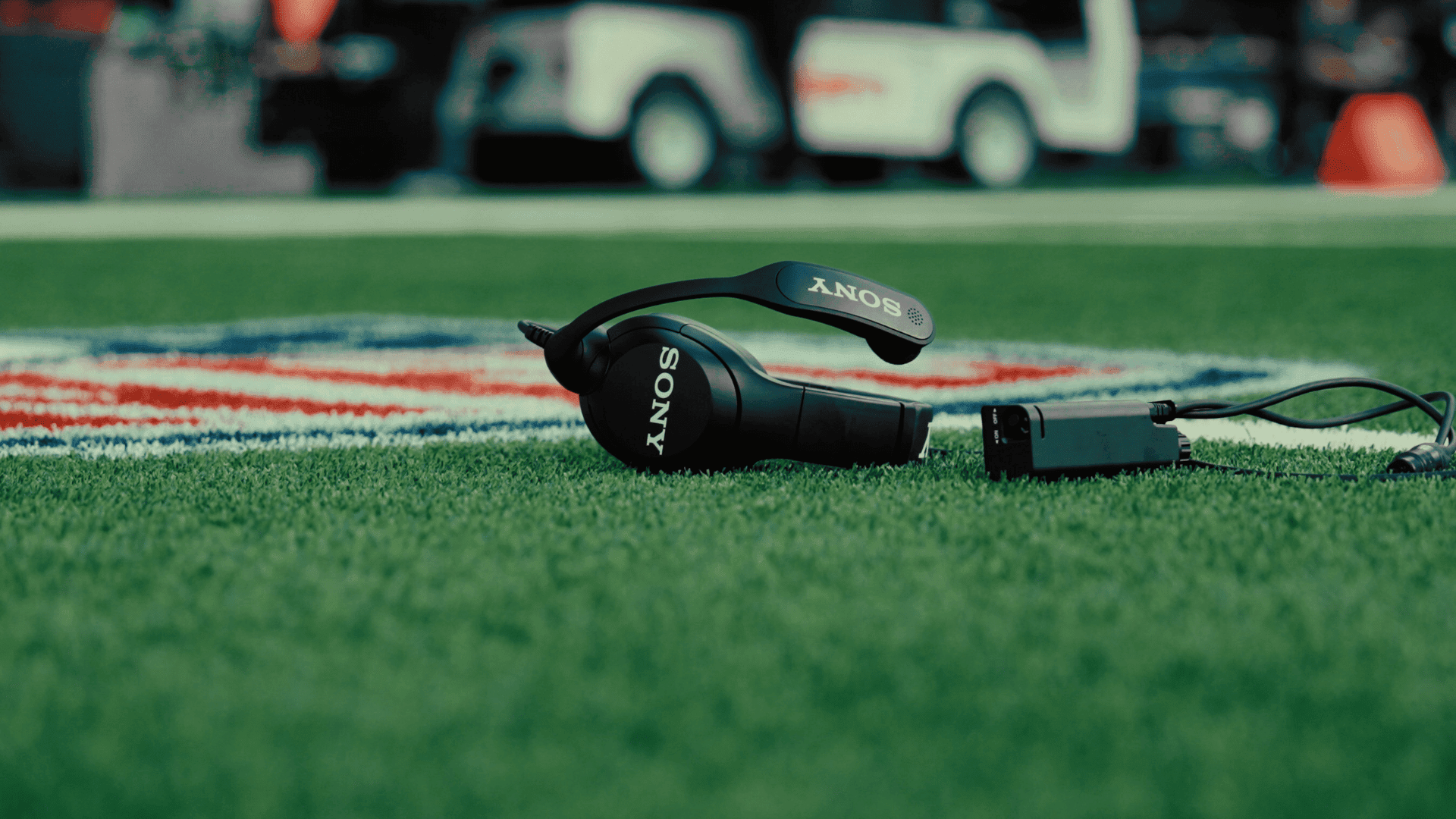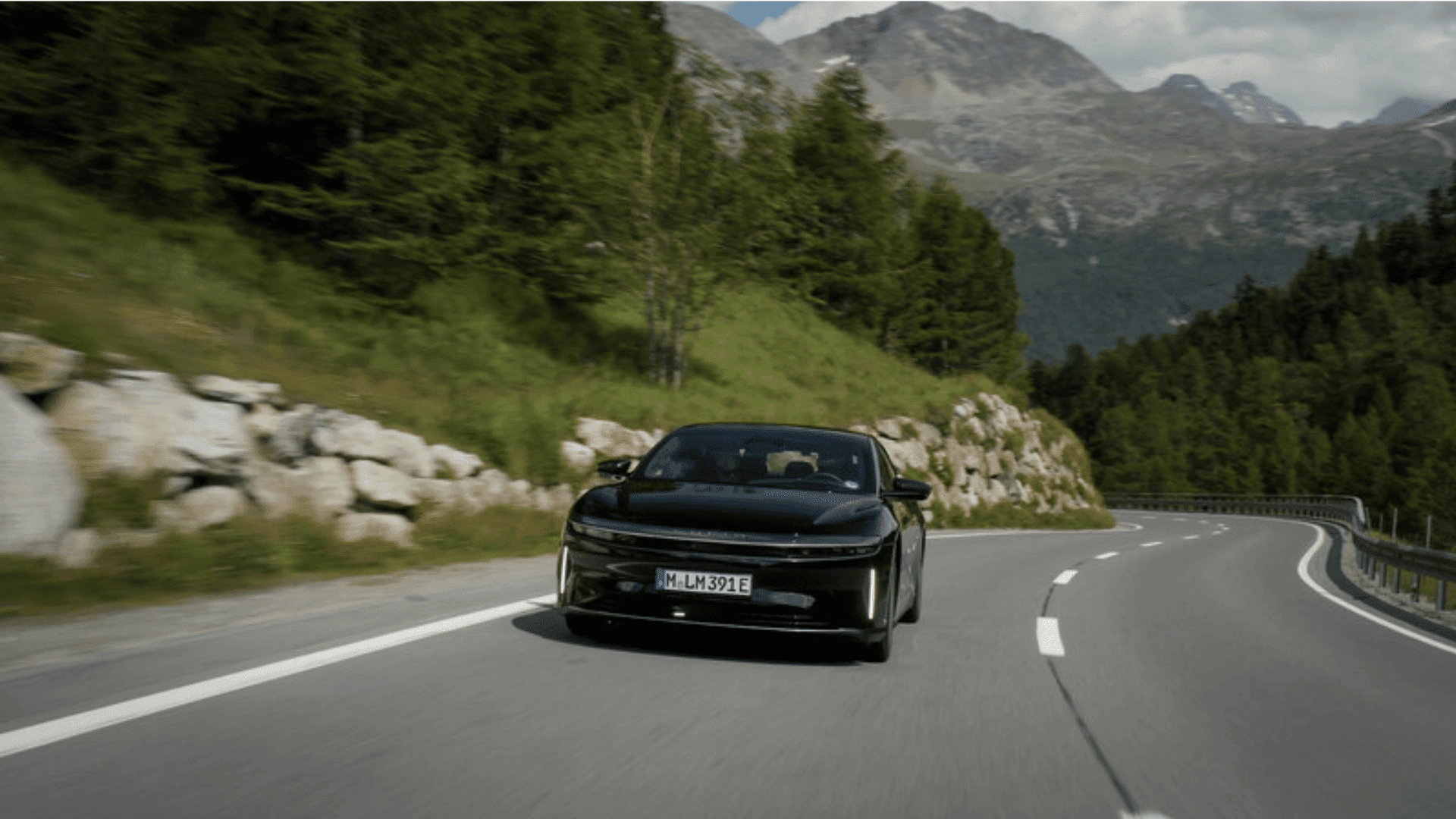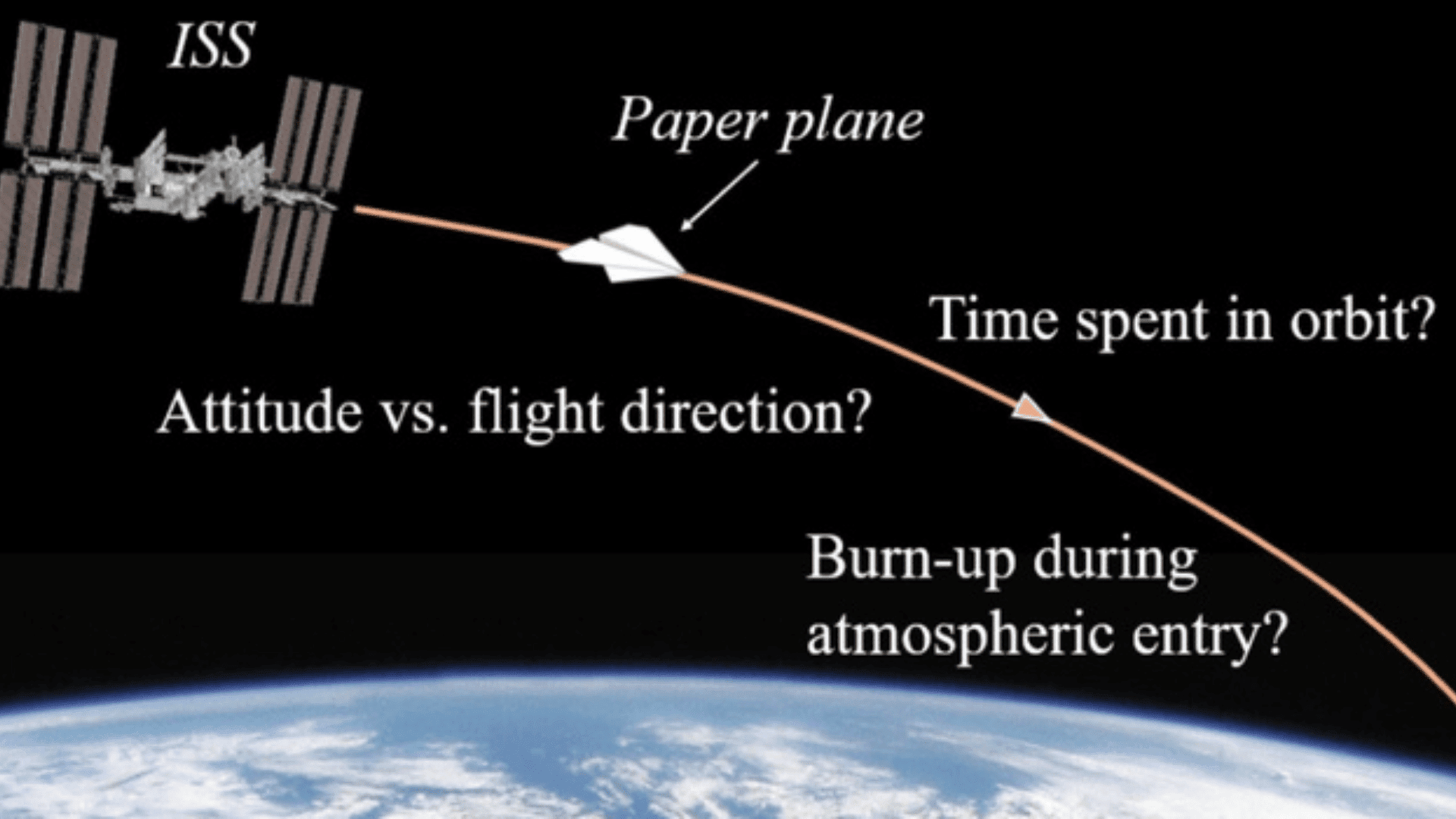Ninety years after its first alleged sighting, enthusiasts from around the world traveled to the idyllic lake in the Scottish Highlands in search of the Loch Ness Monster.
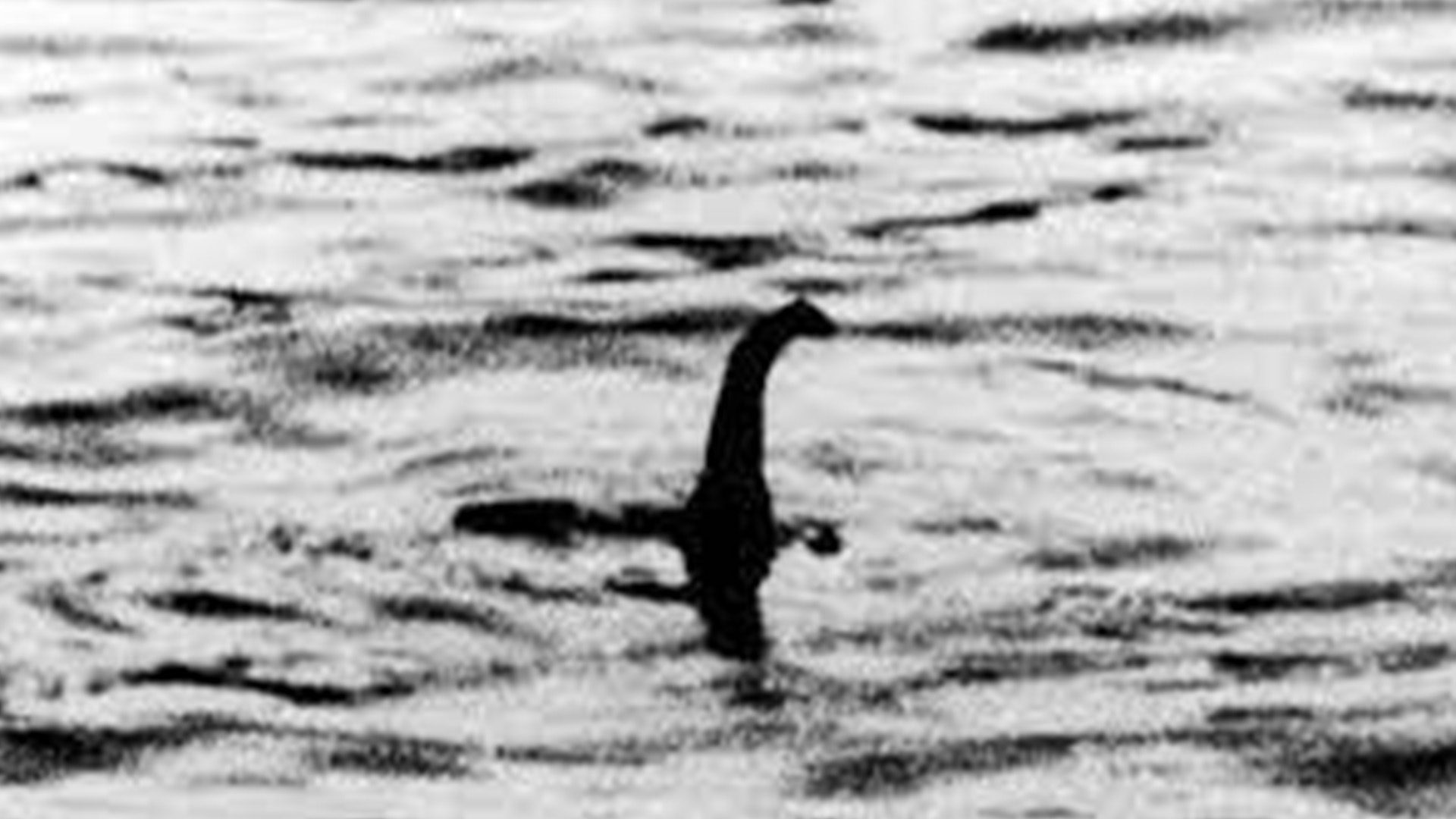
The largest organized “Nessie” hunt in 50 years, the hunters came armed with the help of modern technology including sonars for mapping the lake bed, thermal-imaging drones for scanning the surface, and hydrophones to pick up any strange sounds from the depths.
In addition to those participating in person, hundreds of people were invited to a live stream of the water’s surface to get more eyes on the search. Organizers of the event stated that they had planned the weekend to excite interest in the old lore among the next generation of Nessie hunters.
“It’s about inspiration,” said Alan McKenna, the head of Loch Ness Exploration, an independent research group based on the lake’s shores that planned the event as a kind of call for volunteers. “For very selfish reasons I don’t want the Loch Ness mystery or interest in Loch Ness itself to diminish in any way whatsoever at all.”
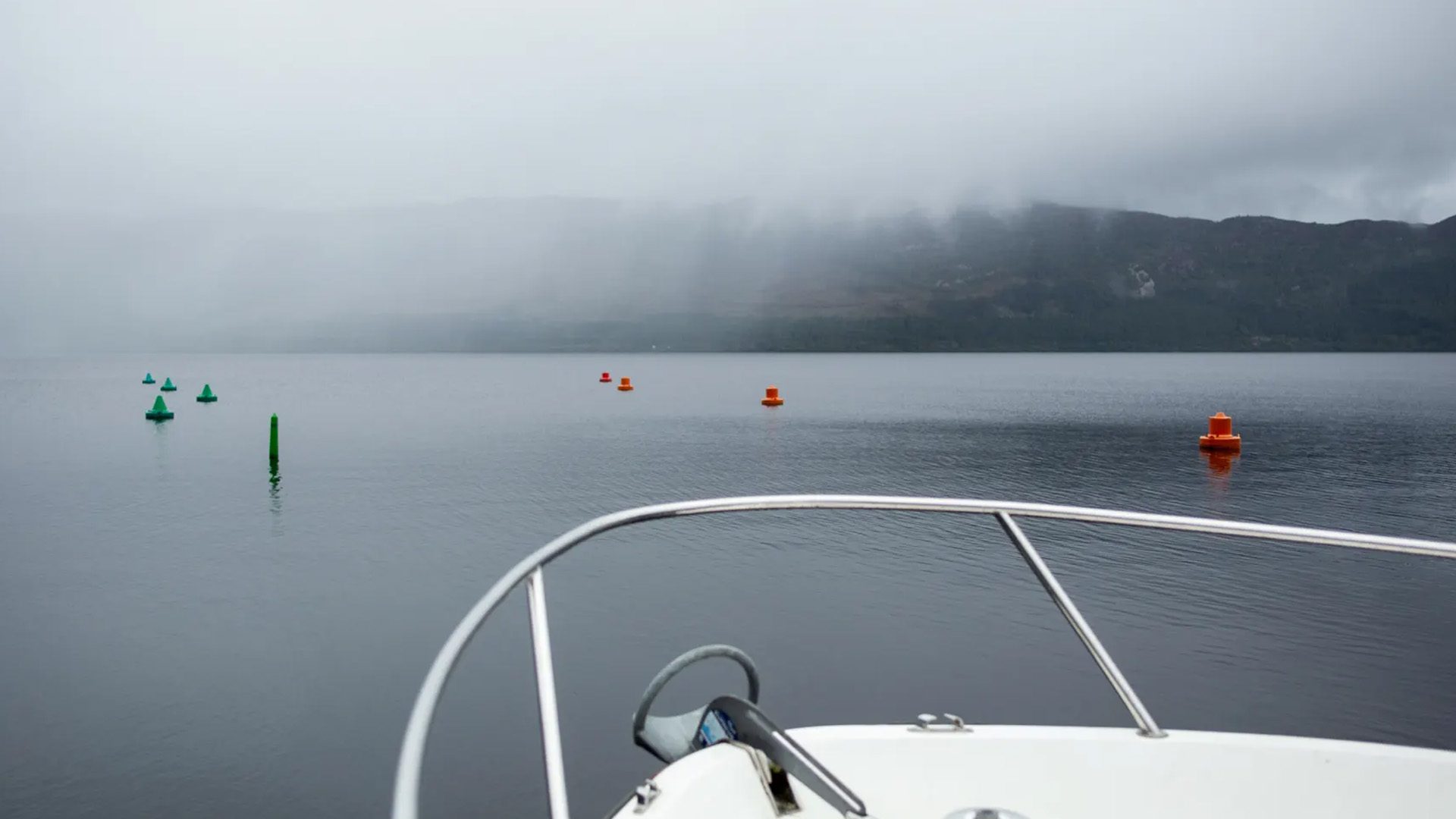
Though the legend could bring as much as $52 million to Scotland’s economy each year, enthusiasts like McKenna say that the search is about having fun and exploring the natural world.
The main portion of the two-day event was held at the Loch Ness Centre, which organized the proceedings in partnership with the voluntary research team, Loch Ness Exploration. The recently renovated center is located in a former hotel where Aldie Mackay, a hotel employee, allegedly sighted the fish in 1933, the first modern sighting of the beast that set off the global phenomenon that exists today.
The original origins of the legend date back to writings from the seventh century in which an Irish monk reported encountering a “water beast” that mauled a swimmer.
The skipper of the Deepscan vessel searching for Nessie, Alistair Matheson, showed that the boat’s sonar technology had recently spotted a perfect outline of a huge Nessie-shaped monster. The shape, however, turned out to be a sunken Nessie model made for a movie about the monster.
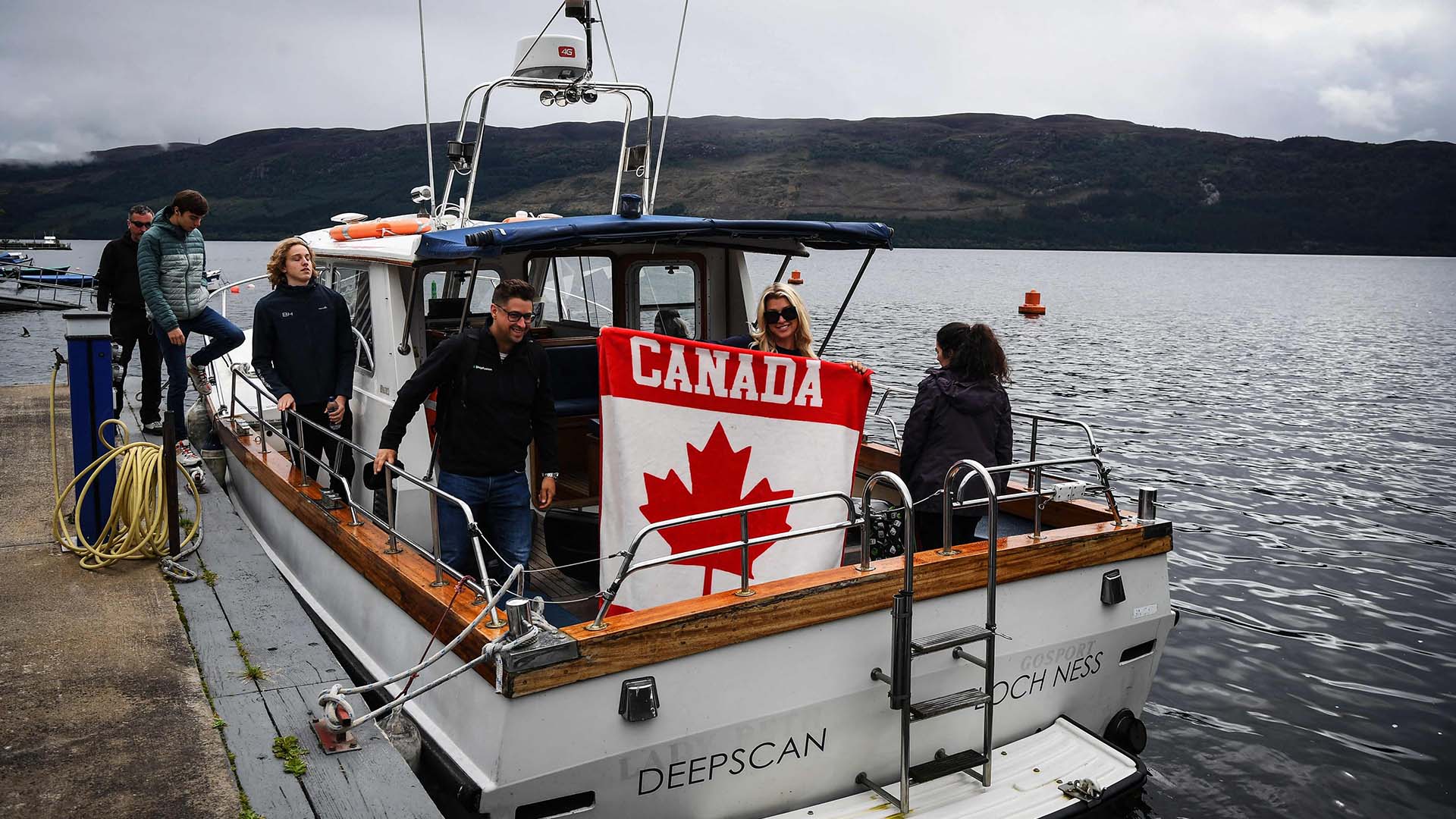
Matheson, who describes himself as a believer, stated that nothing short of emptying the entire lake will ever truly disprove the legend. This is one of the main arguments for believers as the dark, murky waters of the lake contain more water than all of the lakes in England and Wales combined.
“People come here, they’re desperate, they’re looking, they’re searching,” he said. “And they really, really want to be able to hope that there is something that us humans — you know, we think we can know everything, to an extent.”
Another noteworthy participant in the hunt was Ken Gerhard, an American cryptozoologist who researches and writes about creatures that live on the fringes of our known reality, like Bigfoot, Chupacabra, and Mothman. Gerhard traveled from the States to Scotland just for the event.
“I’m 90% convinced she exists,” said Gerhard, who also seemed to believe in the monster’s femininity. “I’ve never had a sighting or an observation, but if you immerse yourself in the evidence, you have over a thousand good sightings that are very consistent.”
Though the weekend didn’t yield any new revelations, it got participants from around the world to spend days out in nature, utilizing new modern technology and reawakened people’s enthusiasm for an old legend.
“It’s the same with every legend out there,” said Craig Whitefield, 29, a medical administrator from Scotland who spent the weekend scanning the lake’s surface with binoculars. “It just takes one person to believe, and it just continues.”



